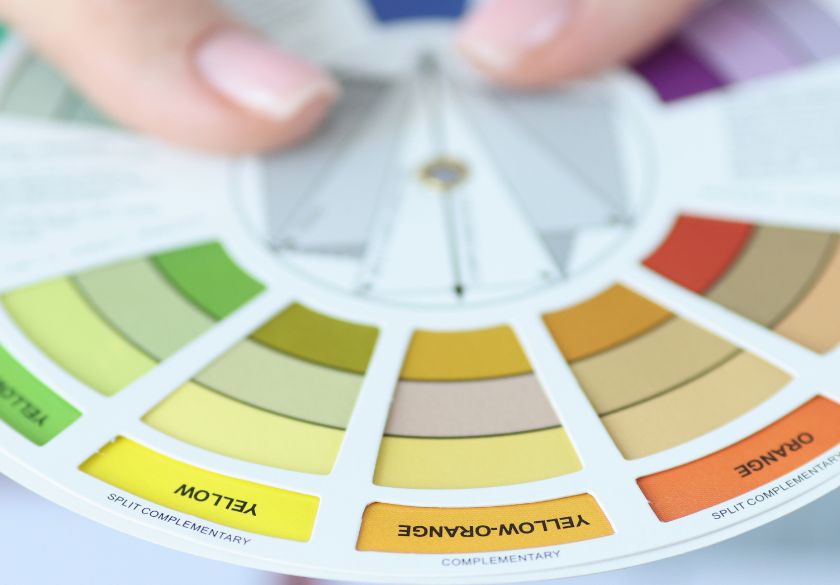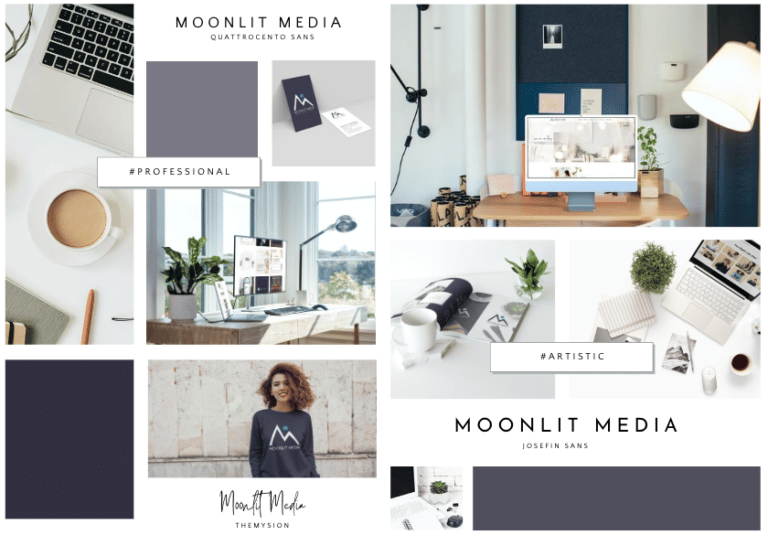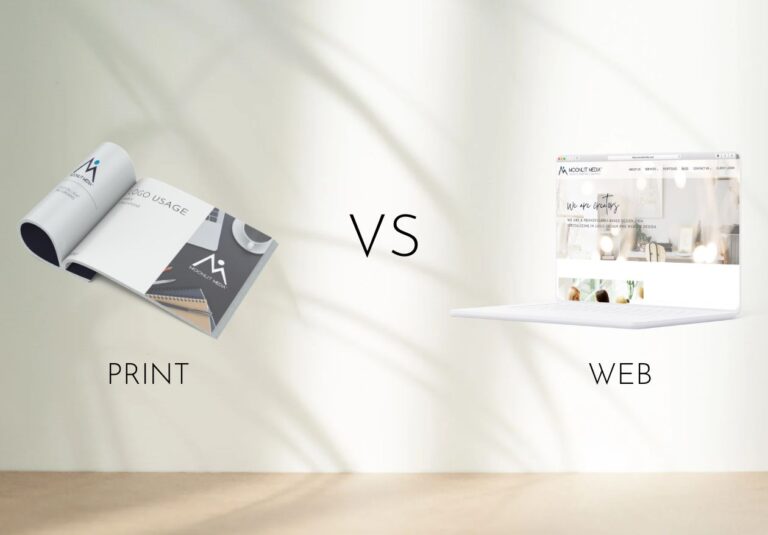In the vast and visually stimulating landscape of the internet, a website’s color palette serves as its initial handshake with visitors. It sets the tone, conveys brand identity, and influences user experience—all within milliseconds. Therefore, choosing the right color palette is not merely a matter of aesthetics; it’s a strategic decision that can make or break the effectiveness of your online presence.
Understanding Color Psychology
Before diving into the intricacies of color selection, it’s crucial to grasp the basics of color psychology. Different colors evoke distinct emotions and perceptions. For instance, blue often signifies trust and professionalism, while yellow radiates energy and optimism. By aligning your color choices with your brand values and target audience preferences, you can establish a deeper connection with your visitors.

Defining Your Brand Identity and Color Palette
Your website’s color palette should seamlessly reflect your brand identity. Consider your brand’s personality, values, and unique selling points. Are you aiming for a playful and vibrant vibe, or a more serious and sophisticated tone? By translating these aspects into colors, you can create a cohesive visual identity that resonates with your audience.

Harmonizing Colors Effectively
Harmony is key to a visually appealing color palette. Utilize color theory principles such as complementary, analogous, or triadic color schemes to achieve balance and cohesion. Experiment with various combinations until you find the perfect harmony that complements your brand while maintaining readability and accessibility.

Considering Cultural and Industry Trends
While it’s essential to stay true to your brand, keeping an eye on cultural and industry trends can provide valuable insights. Certain colors may evoke different connotations across cultures, so it’s crucial to conduct thorough research if your target audience is diverse. Additionally, observing design trends within your industry can help you stay relevant and competitive in the digital landscape.

Testing and Iterating
Choosing the right color palette is not a one-size-fits-all endeavor. It requires experimentation, testing, and iteration. You can use mockups, prototypes, and user feedback to gauge the effectiveness of your color choices. A/B testing different variations can provide valuable insights into which color combinations resonate best with your audience and drive desired outcomes.
Conclusion
In the realm of website design, the importance of choosing the right color palette cannot be overstated. It’s a powerful tool for conveying brand identity, evoking emotions, and enhancing user experience. By understanding color psychology, defining your brand identity, harmonizing colors effectively, considering cultural and industry trends, and testing and iterating, you can craft a visually stunning and impactful online presence that leaves a lasting impression on your visitors. So, embrace the art of color selection and watch your website come to life in vibrant hues of success.
Reach out today to schedule a discovery call and see how Moonlit Media can help you!








